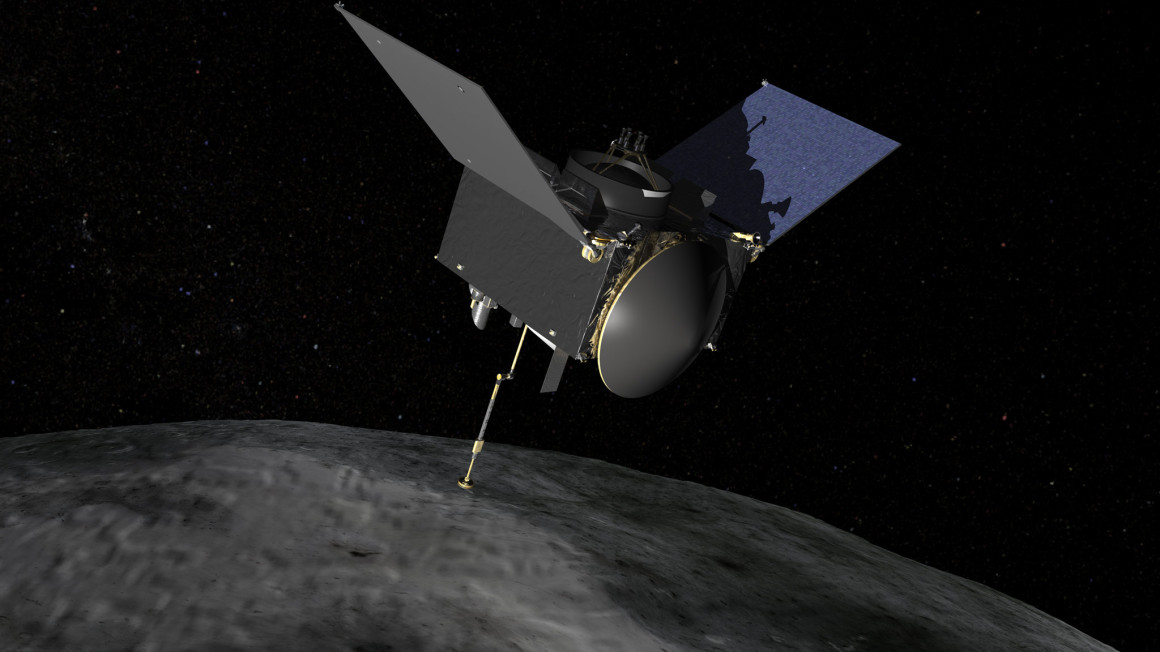
U of C professor helps NASA prevent potential asteroid impact
By Chris Adams, August 7, 2014 —
Asteroid Bennu is scheduled for 78 potential impacts with Earth between 2175–2199. Scientists don’t know when, where or even if the asteroid will hit our planet, but a University of Calgary professor is trying to find out.
U of C geoscience professor Alan Hildebrand is part of a NASA-funded mission to study Bennu dubbed Operation OSIRIS-REx (Origins-Spectral Interpretation-Resource Identification-Security Regolith Explorer).
NASA will send a spacecraft to study the asteroid and bring back material samples. Canada provided a laser system that will create a 3D map of Bennu, which will help determine the size of the asteroid and aid the craft’s landing.
Canada’s mapping system equals about four per cent of the mission’s cost. Canada will get an equal percentage of the asteroid sample which will be studied at the U of C.
Hildebrand said that while scientists don’t think Bennu is big enough to destroy all standing crops, size isn’t its only destructive factor.
“Frankly, depending on what’s hit, I wouldn’t say that we know [how the impact will affect Earth] terribly well,” Hildebrand said. “It would be much better to arrange that it not hit.”
One way to stop Bennu from hitting Earth is to paint its surface. The sun affects the orbit of asteroids by what’s known as the Yarkovsky Effect. If Bennu absorbed less energy after being painted a bright colour, it would change its path and miss Earth.
“Any way you can change its orbit a little bit, you’re ahead of the game. You don’t have to change its orbit very much. If you just changed the albedo of its surface you would change the way it interacts with the sun,” Hildebrand said.
The mission will launch in 2016, with the spacecraft scheduled to return in 2023.
Most asteroids studied on Earth are A-spectral types — a classification based on colour, shape and albedo. Hildebrand said Bennu is something completely different.
“It is unlike any of the meteorites we have down here in our collection. So, naturally, the people who study these materials from the origin of the solar system [ask], this is a B-spectral type, so what is it?” Hildebrand said.
While Earth is at risk of impact from Bennu, there is a good chance of that changing over the next 200 years is likely.
“Bennu is having its brief spin of fun in the solar system before something radically different happens to it,” Hildebrand said.
